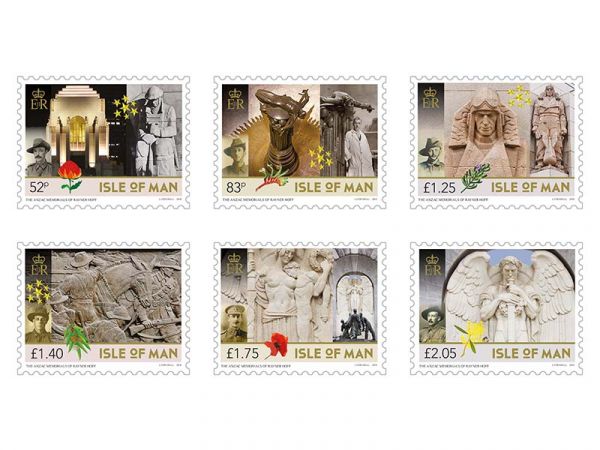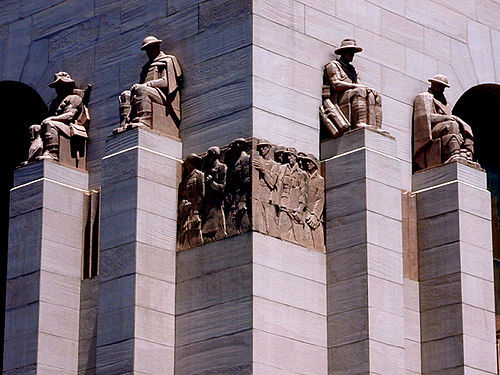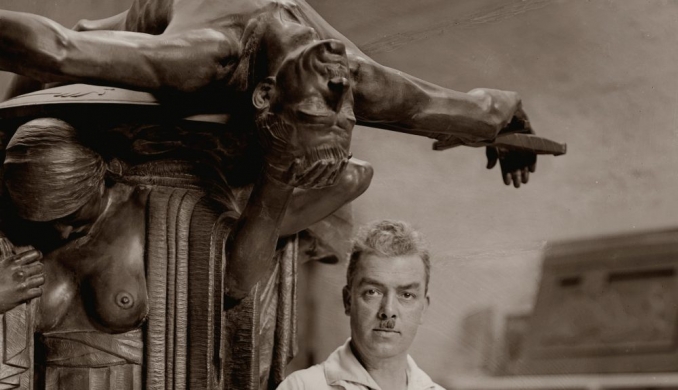Rayner Hoff - Manx sculptor who became famous in Australia
Rayner Hoff (27 November 1894 – 19 November 1937) was born in Braddan on the Isle of Man (Mannin). He was the son of a stone and wood carver and began helping his father on architectural commissions at a very young age. He studied drawing, design, and modelling, from 1910 to 1915 and during the First World War fought in the trenches of France. After which he studied at the Royal College of Art in London. In 1922, Rayner Hoff won the Prix de Rome which allowed him the opportunity to study in Rome.
He arrived in Australia at the age of 29 and has been described as the sculptor that led the art deco renaissance in Australia. He became an influential artist and teacher, and established the first school of sculpture in Australia. He later became Head of Art at the National Art School. Among his notable public works are the National War Memorial in Adelaide and the monumental sculptures on the Anzac War Memorial in Sydney’s Hyde Park. The Anzac Memorial is cited as Sydney’s most moving example of publicly visible sculpture. His own experiences of fighting in the war were seen to have influenced his work on various war memorials. At the time of his death at the early age of 43 on 19 November 1937 he was engaged on the George V Memorial for Canberra. Among his other works is the emblem of the Holden Australian car company, a stylised 'Lion and Stone' symbol representing a legend of man's invention of the wheel.
Recently Isle of Man Post Office (Manx: Oik Postagh Ellan Vannin) released a set of six stamps celebrating the work of Rayner Hoff. This issue marks the centenary of the end of The Great War and features ANZAC war memorials in Sydney and Adelaide. The stamps were designed by Australian designer Louise Cornwall in association with author Deborah Beck who recently collaborated on the monograph Rayner Hoff - The Life of A Sculptor published last year. This week Deborah Beck of the National Art School in Sydney, who has spent the last 4 years researching the life and work of the Braddan-born Rayner Hoff, gave a talk at the Manx Museum (Thie Tashtee Vannin) organised by Manx National Heritage (Eiraght Ashoonagh Vannin).










